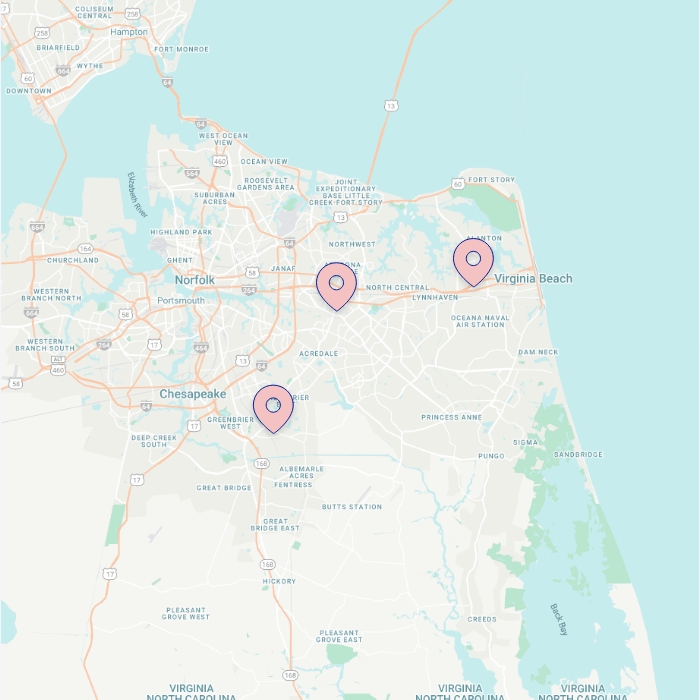
Empowering Children: Developmental Therapy for Diverse Needs
Behaviorcraft has partnered with Kids SPOT to do more for children who need developmental therapy services. We work with children from birth to age 21 with autism, developmental delays, intellectual challenges and similar conditions and encourage them to become the best version of themselves. Our staff comprises medical professionals who understand the unique needs of children like yours and are dedicated to helping them develop skills that will carry them through the rest of their lives.

Premier ABA Therapy for Children
Applied behavior analysis (ABA) therapy is one of the best tools we have to help children reach their goals and advance in certain areas of development. It is an FDA-approved, scientifically proven approach that helps our therapists observe their patients in a natural setting. During sessions, children will play, and our therapists will learn and apply specific techniques to encourage them to:
- Improve communication and social skills.
- Understand emotions and build coping strategies to manage them.
- Follow directions.
- Develop self-help skills.
The play-based approach allows your child to relax, open up about challenges they face and look forward to future sessions. The more fun memories we make, the more likely your child will be to understand and implement their new skills in real life.

Treatment Opportunities in Virginia
Behaviorcraft is proud to serve people from birth through age 21 at either of our Virginia care centers. Our locations in Virginia Beach and Chesapeake offer a convenient meeting place for thousands of families in the area. See exactly where you can find us and get directions to our location with our maps.

Why Choose Behaviorcraft for ABA Therapy?
Our ABA therapy services would be nothing without the skilled and specialized therapists who work with your children. Our professionals are dedicated to providing comprehensive, end-to-end services, using research-proven methods to create individualized plans that cater to family priorities and personal goals. We strive to change behaviors, not the person behind them, and we encourage our clients to come exactly as they are so we can assess them effectively and help develop new skills.
Our priorities will always remain:
- Modernized treatments: We continuously adjust and update our treatment methods to reflect the most effective strategies available.
- Open communication: We maintain transparency through every step of your child’s treatment so you can feel comfortable and informed about our care plans.
- Individualized services: Every child learns differently, and we cater to their needs every time.
- Collaborative support: We work with every child’s entire support system to regulate care, including schools and other medical professionals.

The Benefits of Custom ABA Therapy for Children
If your child has ASD, oppositional defiant disorder (ODD), Down syndrome, or developmental delays — or faces other challenges — individualized ABA therapy services can help them:
- Express themselves better: Children learn communication styles and coping mechanisms that increase desired behaviors, helping them express themselves more effectively and improving their social interactions.
- Boost their confidence: New skills, communication styles, and coping mechanisms empower children, boosting their self-confidence and resulting in the desire to experience and learn new things.
- Enhance independence: The more confident your child feels, the more comfortable they will be spreading their wings, taking on new challenges, and learning skills that enhance their independence.
ABA therapy also benefits parents and caregivers — it involves a child’s parent or primary caregiver, so the child can be more comfortable during their therapy session. The parent can better understand and anticipate their child’s unique needs when they actively participate in their therapy.

Why Choose Behaviorcraft for ABA Therapy?
Our ABA therapy services would be nothing without the skilled and specialized therapists who work with your children. Our professionals are dedicated to providing comprehensive, end-to-end services, using research-proven methods to create individualized plans that cater to family priorities and personal goals. We strive to change behaviors, not the person behind them, and we encourage our clients to come exactly as they are so we can assess them effectively and help develop new skills.
Our priorities will always remain:
- Modernized treatments: We continuously adjust and update our treatment methods to reflect the most effective strategies available.
- Open communication: We maintain transparency through every step of your child’s treatment so you can feel comfortable and informed about our care plans.
- Individualized services: Every child learns differently, and we cater to their needs every time.
- Collaborative support: We work with every child’s entire support system to regulate care, including schools and other medical professionals.

Connect With the Leading ABA Therapists in Virginia
At Behaviorcraft, we train our ABA therapists and everyone else on our staff to treat every client with respect, compassion and patience. We recognize that pursuing developmental therapy is a challenging decision for many families, and we do everything we can to help ease the transition. Our Virginia therapy centers will only offer the latest in evidence-based and scientifically proven treatment modalities in a fun and engaging environment.
Our team belongs to the Kids SPOT family of companies, building on our reputation for excellence. Give your child room to play, and our therapists will take care of the rest. Let us know what you need through our contact form today.
ABA Therapy Locations in Virginia
-
Greenbriar - Chesapeake, Virginia
-
Hours
Monday-Friday 8:00 am- 4:30 pm Saturday-Sunday Closed -
Hilltop - Virginia Beach, Virginia
-
Hours
Monday-Friday 8:00 am- 4:30 pm Saturday-Sunday Closed






